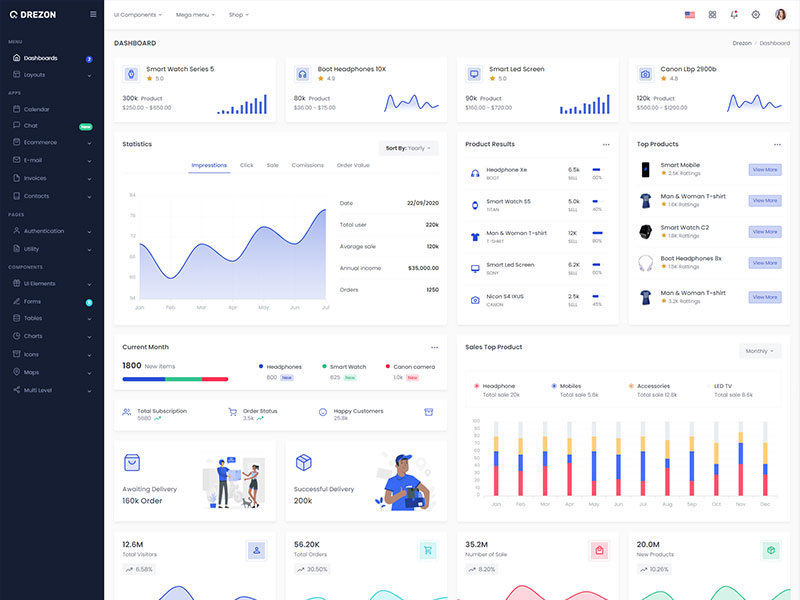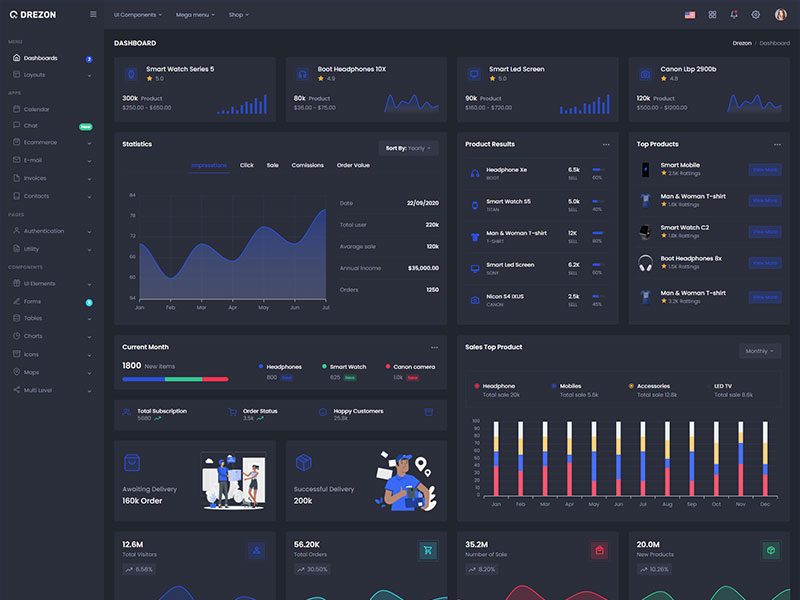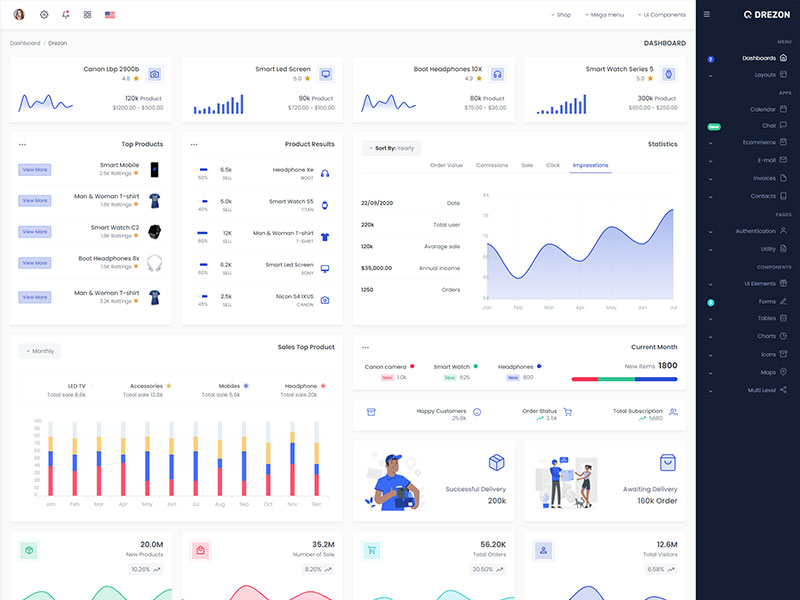5 Essential Security Practices for MikroTik Networks
Published on February 15, 2025

MikroTik devices offer powerful networking capabilities, but improper security configurations can make them vulnerable to attacks. To ensure your network stays protected, follow these five essential security practices.
1. Change Default Credentials
The first and most basic step is to change the default administrator username and password. Attackers often target devices with default credentials. Use a strong, unique password to prevent unauthorized access.
2. Limit Remote Access
Restrict remote access to your MikroTik device by disabling unnecessary services and using firewall rules. Ideally, SSH and WinBox access should be allowed only from specific trusted IP addresses.
3. Keep RouterOS Up-to-Date
Outdated firmware often contains security vulnerabilities that attackers can exploit. Regularly update your RouterOS to the latest stable version to ensure all security patches are applied.
4. Implement Strong Firewall Rules
Use MikroTik’s built-in firewall to block unauthorized access. A properly configured firewall can prevent brute-force attacks, port scans, and other malicious activities.
5. Enable Logging and Monitoring
Set up system logs to monitor suspicious activity and configure MikroAdmin for centralized log auditing. Regularly reviewing logs helps detect potential security threats before they become major issues.
By following these best practices, you can significantly enhance the security of your MikroTik network and prevent potential cyber threats.


